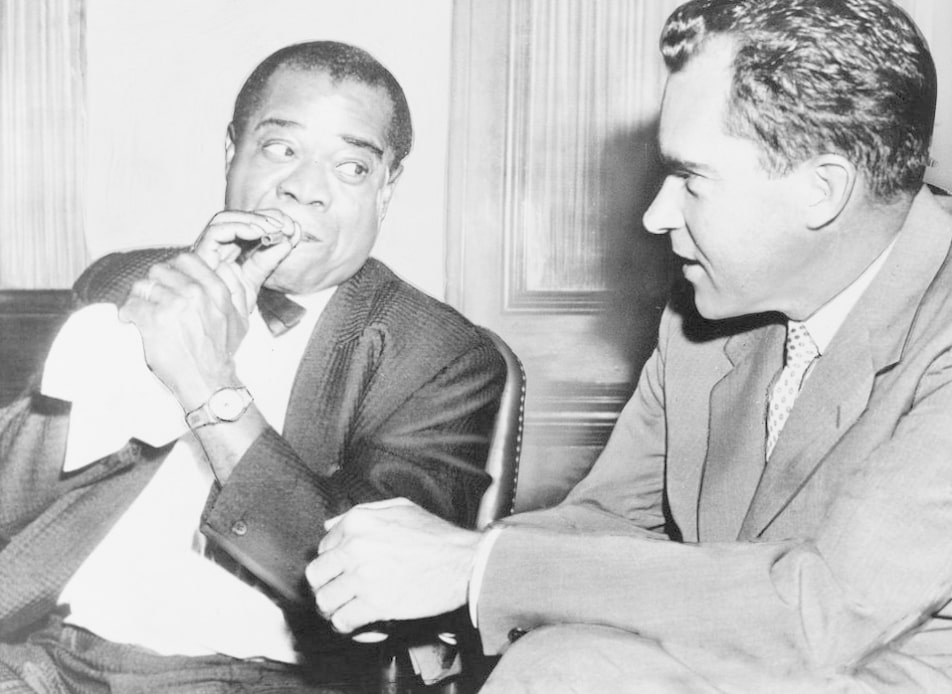For the first time in history, we’re celebrating 4/20 all month long. We’ll be honest – we weren’t planning on celebrating our favorite holiday in quarantine, but here we are holding it down in 2020 where weed is easier to buy than toilet paper.
Cannabis hasn’t always been the glamorous super plant it’s known to be today. You see, there’s been a lot of back and forth over the decades that has led to new legislation, mixed emotions, and a division of ideologies that have sparked many a fiery debate. During the month of April, we are going to take you on a virtual journey through the decades, highlighting some of the most notable moments in cannabis history.
Every Stoned History lesson will feature a curated playlist with musicians from their respective eras, plus a stoned history themed coloring sheet you can download & print from home. Grab your go-to cannabis products, it’s time to stay home, stay stoned, and learn something new!

Now, let us set the scene –
It’s the 1600’s, American colonies are being established, and hemp is on the rise. Virginia passed a law in 1619 stating that hemp must be grown on every farm in the colony. Hemp was being used to produce paper, clothing, textiles, and was even considered a proper form of currency in some colonies up. However, new products, like cotton were being imported or created to replace hemp so its use was becoming way less common. It wasn’t until the late 1920’s that the pharmaceutical industry started dabbling with the medicinal properties of the marijuana plant in remedies and tinctures.
1920’s
At the beginning of 1920, congress implemented the National Prohibition Act which spanned the next 13+ years. For the first time, Americans experienced a constitutional ban on the production, importation, transportation, and sale of alcoholic beverages. This ban left the American people yearning for a replacement for relaxation– insert cannabis here. By the Mid 1920’s, cannabis was on the rise as a “cheaper,” more creative alternative to alcohol. African American musicians took a new liking to cannabis and its power to create an original genre of music later known as jazz. The way cannabis made musicians feel helped them experiment with this “new” way of music improvisation.
Jazz music had a huge boom in the late 20’s and 30’s. Americans started to view the artists as musical stars – wanting to be like them and wanting to play like them. One of the more notable Jazz names and cannabis advocates is Satchmo himself, Mr. Louis Armstrong. Not only was he a force to be reckoned with on the trumpet, but he was also a very public supporter of the ‘gage,’ also known as a joint. Louis and the ‘Vipers’ liked to hang around the ‘tea-pad or cannabis cafe’ and would famously take breaks between their sets to help the creativity flow.
Fun Fact: The term ‘Vipers’ is an old nickname from the Prohibition era given to joint smokers that made a hiss sound when they took a drag. 
1930’s
As the use of cannabis gained popularity from Jazz members at nightclubs, marijuana quickly became one of the targets of the newly formed Federal Bureau of Narcotics (now known as the DEA). Henry Anslinger was appointed the first Director and when the Prohibition of Alcohol was repealed in 1933, he needed a new ‘devil’ to attack. That’s when he turned straight to Cannabis by implementing the ‘Marihuana Tax Act.’ Propaganda films like Reefer Madness started circulating across the nation assuring viewers if they used cannabis, poor decisions would follow. Cue the War on Drugs for the next 30+ years.
The Marihuana Tax Act of 1937 is often referenced as the first step of the ban of cannabis in the U.S. Set into place in 1937, this would go on to tax the sale and distribution of hemp by farmers, physicians, and pharmacists. Anslinger used negatively charged racist perceptions and cannabis to his advantage. He targeted the Hispanic community by purposely spelling marijuana as ‘Marihuana’ and claimed this plant was their devil and needed enforcement immediately. Anslinger went on to find enemies to vilify from every corner of America including African Americans, Hispanics, Filipinos, and entertainers. He said their Satanic music, jazz and swing, resulted from marijuana use.
This act gave birth to all the ongoing laws regarding the prohibition and legalization of cannabis use. Through this law, the federal government of the United States began to instill fear and negativity around cannabis’ benefits and perils.
Stay tuned as we dive into the 50’s-70’s during next week’s ‘Summer of Love’ Stoned History lesson.
Click Here to listen to our Prohibition Playlist on Spotify
Click the links below to download our FREE Stoned History Prohibition Coloring Sheets:
UL Stoned History – Urbn Reefer
UL Stoned History – Prohibition Jazz
Feeling creative? DM us a photo of your colorful masterpiece or tag @urbnleafca #StonedHistory #StayHomeStayStoned for a chance to win free swag!




